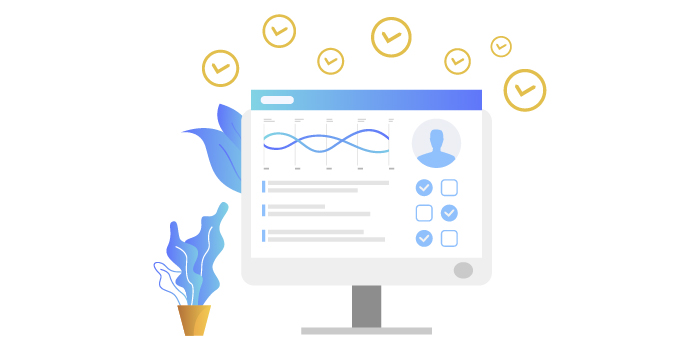Products
Services
February 23, 2022
With the growing proliferation of data being collected online and off, consumer concerns over privacy and use of their personal information are understandable. Data analysis tools powered by artificial intelligence allow companies to collect data from multiple diverse sources.
Everything from shopping histories to social media activity, and internet search engines to public cameras offer companies the opportunity to learn very detailed about their customers to support data-driven decision making. So, the question becomes – what the healthcare industry needs to do in order to gain the trust of consumers and encourage them to share personal data.
In 1996, HIPPA (Health Insurance Portability and Accountability Act) became law in the United States. This protected patients’ healthcare privacy while allowing healthcare professionals to share information to support the highest level of patient care.
The study notes that, “consumer digital information created outside of health care encounters has proliferated, with much of this information reflecting personal health. The proliferation of consumer digital data alongside modern data science and an understanding of health’s social determinants has effaced any lines between health and nonhealth information such that most digital data are now health data.”

This means that health related data collected within a clinical care setting is substantially protected while information revealing an individual’s health such as fitness trackers, social media browsing, and purchasing history to name a few are not.
With the proliferation of the internet and ever-advancing technology, it truly seems that nothing is private these days and consumers are noticing. The results of a study by JAMA Network Open, published in January, 2022, revealed consumers unwillingness to share their medical and EHR data.
Individuals were less willing to share financial information, purchase history, internet shopping history, and private social media communications than their EHR information. Use of information and the type of data requested were the two most important factors to study participants in deciding whether they would share the information requested.
The significance of this cannot be understated. Digital data is critical to finding trends, monitoring public health, and identifying ways to improve healthcare. In many ways, this is already happening. Fitness trackers monitor stress as well as sleep and heart health among other things. And they offer suggestions on how to improve one’s health. Finding ways to encourage consumers to share data is a challenge healthcare providers and healthcare companies are struggling with every day.
Companies interested in collecting patient data will need to remove barriers to participation. They will also need to develop an understanding of who is and is not participating, as well as why or why not they have made their decisions.

For example, the study illustrated that “white and higher-income populations were more likely to be in a privacy-concerned subgroup (never or averse subgroup) than individuals from racial and ethnic minority populations or those from lower-income households.”
One such solution to encourage data sharing was the potential to utilize increased data security protocols and make customers aware of the security measures in place. A recent analysis found that only 32% of applications designed to track Covid-119 related data “explicitly stated that user data will be anonymized, encrypted, and secured.”
It’s really no wonder that people are hesitant to share health related data when they don’t know where it is going or who might have access to it. Increasing security is surely a step in the right direction. Other solutions might include communication the potential value of participation to the future of patient care and make participation valuable to the consumers at the point of engagement.